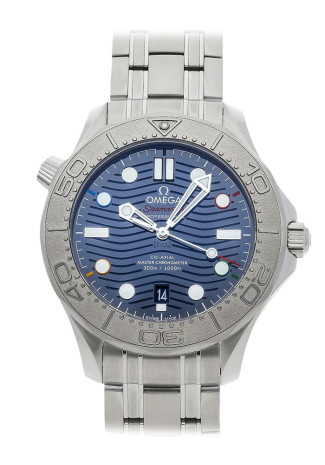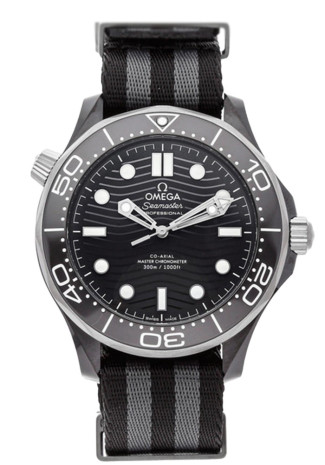Back in the day, gold was reserved for dress watches. Only businessmen had the guts to wear gold watches on their suits. Wearing a gold watch on a sweater and jeans would have been like wearing a wetsuit at a business meeting.
Today, gold has become more casual. More and more brands offer gold watches in their line-up. This also means that brands have to go the extra mile to offer ‘special’ gold watches, so they don’t become the a dime in a dozen. That’s why certain brands focus on developing their own precious metals.
Today, we are going to focus on Omega, a brand who has been using and developing their own unique alloys for years. Is making your own unique combinations worth the effort, or is it just clever marketing? Let’s find out.

Sedna Gold
Sedna gold is an 18k rose gold alloy patented by Omega, and (almost) exclusively used by them since 2013. The material has a unique reddish glow, and can be found over the entire Omega lineup.
Traditional rose gold is usually created by mixing yellow gold, silver and copper. The only downside is that the copper atoms at the surface lose their glow over time, which means that the reddish glow from traditional rose gold is sensible to fading. In short: it loses its bling.
Omega claims to have solved that issue by switching from silver to palladium. This makes the alloy slightly more pricy (palladium is more than 100x more expensive than silver per gram), but this gives the alloy a resistance to fading. The reddish glow should remain over time without fading away. Compared to Rolex’s Everose, the Sedna gold feels much ‘redder’ and darker. The shade almost leans to the color of copper.
Even though Sedna gold is exclusively for Omega, Blancpain had the permission to release a Sedna gold Fifty Fathoms Bathyscaphe in 2015. Omega and Blancpain both belong to the Swatch Group.

Moonshine
Moonshine is Omega’s brand new kind of yellow gold, and was introduced in the 50th anniversary Apollo 11 Speedmaster in 2019. Moonshine is made of gold, copper, silver and palladium. This results in a unique alloy that’s much more durable than 18k yellow gold, but with a softer shade compared to regular gold. The color is developed to represent the moon’s soft yellow glow.

Canopus
Canopus is Omega’s approach on white gold. Canopus is a mixture of 75% gold and 20% palladium with small parts platinum and small parts rhodium. The alloy is known for its durability and high brilliance, and can be found on the 2021 Canopous Speedmaster.






